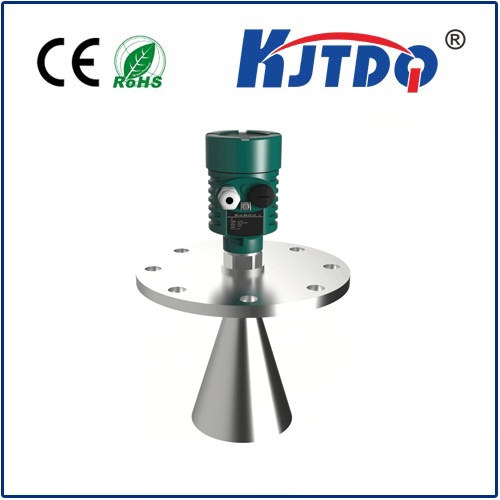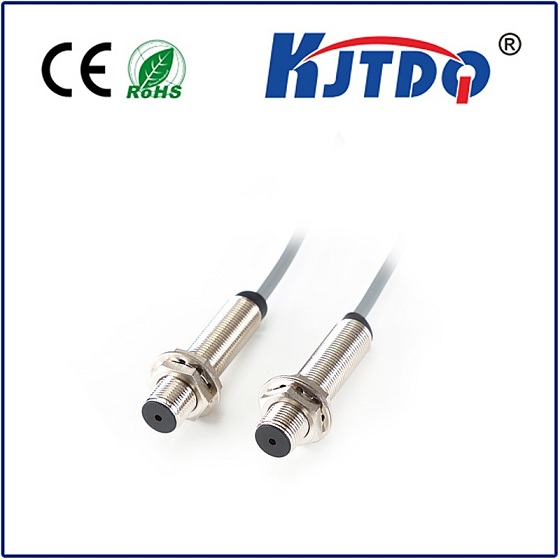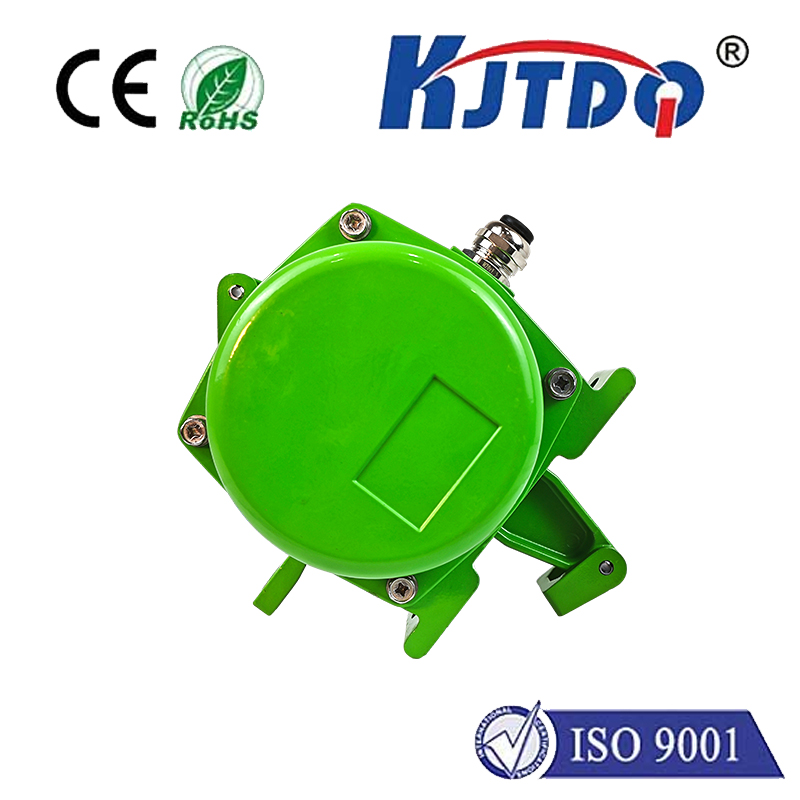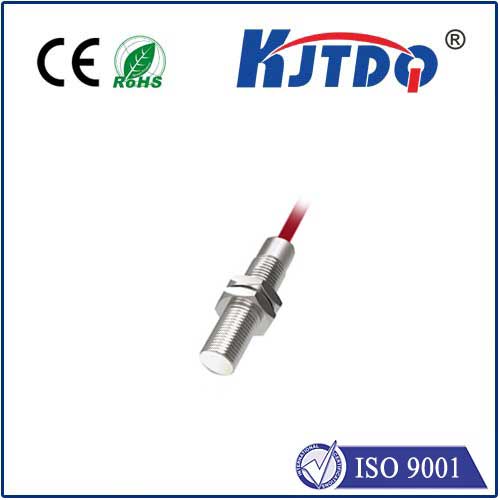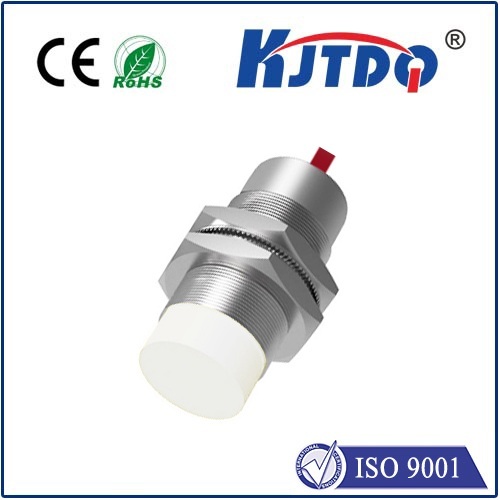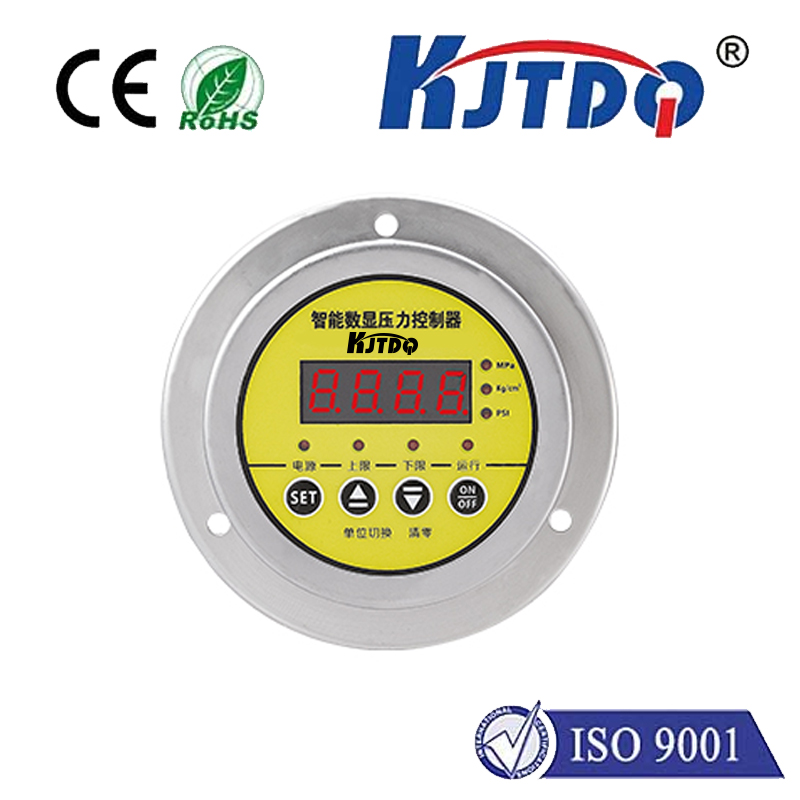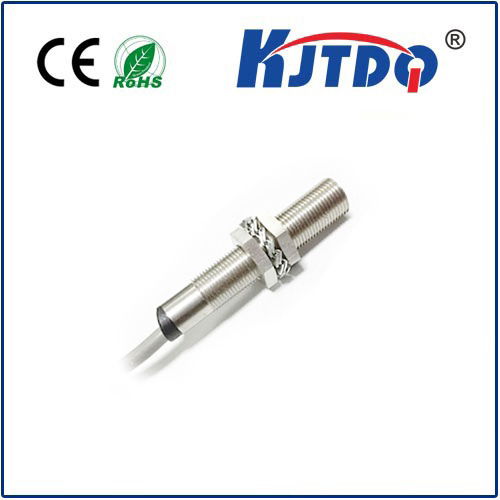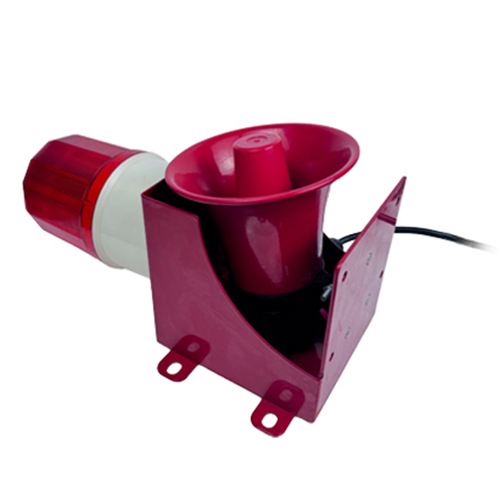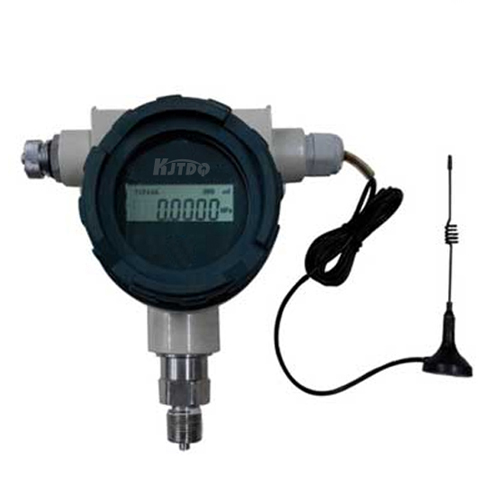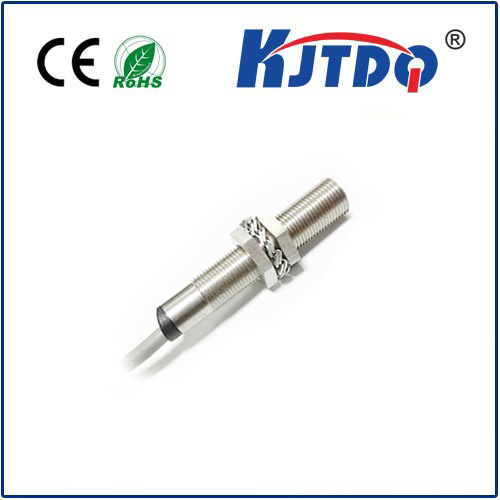Тип датчика оптического приближения
- time:2025-06-20 02:33:51
- Нажмите:0
Optical Proximity Sensor Types: A Guide to Choosing the Right Technology
In a world increasingly driven by automation and smart interaction, devices need to perceive their surroundings without physical contact. Enter optical proximity sensors – the unseen eyes enabling your smartphone screen to dim during a call, factory robots to avoid collisions, and countless other applications where non-contact detection is paramount. But not all optical sensors are created equal. Understanding the different types of optical proximity sensors, their core working principles, strengths, limitations, and ideal applications is crucial for engineers, designers, and anyone integrating this essential technology into a system.
How Optical Proximity Sensing Works: The Core Concept
At their most fundamental, all optical proximity sensors operate by emitting a beam of light (often infrared, visible red, or laser) and detecting changes in that light caused by the presence of an object within a defined range. The specific way this detection occurs defines the sensor Тип and its capabilities. The interaction between the emitted light and the target object forms the basis of measurement.

Exploring the Primary Optical Proximity Sensor Types
Let’s delve into the key categories:
- Through-Beam Sensors (Also known as Opposed Mode or Fork Sensors):
- Principle: This simple yet robust design features physically separate emitter and receiver units positioned directly facing each other. The emitter continuously sends out a light beam received by the opposite detector. Detection occurs when an object physically breaks this light beam.
- Strengths: Boasting the longest detection ranges among optical types (often several meters), high reliability due to strong signal reception, and relative immunity to target surface characteristics (color, texture, reflectivity). They excel in harsh environments with high ambient light immunity.
- Limitations: Requires mounting on two sides of the target path, increasing installation complexity and cost. Alignment is critical.
- Применение: Object counting, presence detection on conveyors, security systems (light barriers), detecting oversize objects, and safety gates where interrupting the beam triggers a stop signal.
- Retro-Reflective Sensors:
- Principle: Here, the emitter and receiver are housed in a single unit. The sensor emits a light beam towards a dedicated reflector (like a prismatic reflector tape). The reflector bounces the light back to the receiver within the same housing. Detection occurs when an object interrupts this reflected light path.
- Strengths: Simpler installation compared to Through-Beam as only one unit (sensor) and the reflector need mounting and wiring. Achieves good range (often 1-5 meters, depending on model and reflector). Generally more immune to target attributes than diffuse sensors.
- Limitations: Detection relies on the object blocking the path to a specific reflector. Performance can degrade if the reflector becomes dirty or misaligned. Shiny or reflective targets close to the sensor might falsely trigger detection by bouncing light directly back.
- Применение: Detecting objects passing a specific point (e.g., pallet presence on a forklift), position verification on assembly lines, door/gate open/close detection, and packaging machinery.
- Diffuse Reflection Sensors (Reflective Sensors):
- Principle: Like Retro-Reflective sensors, the emitter and receiver are integrated into a single housing. However, the light is targeted directly at the object to be detected. The sensor detects light diffusely reflected back by the object’s surface towards its receiver. Detection depends on the intensity of the reflected light exceeding a preset threshold.
- Strengths: Simplest installation, requiring only one device mounted on one side of the target area. Ideal for detecting objects without the need for a separate reflector.
- Limitations: Detection range is significantly shorter than Through-Beam or Retro-Reflective types, typically ranging from a few millimeters to a couple of meters. Detection reliability is highly dependent on the target’s surface characteristics (color, material, texture, angle). Dark, matte, or absorbent surfaces reflect less light and are harder to detect at distance than light, shiny surfaces. More susceptible to ambient light interference.
- Применение: Extremely common! Object presence detection near the sensor (e.g., paper jam detection in printers), fill level detection in containers, anti-collision systems on robots/AGVs, smartphone screen blanking during calls, end-of-travel detection.
- Laser Triangulation Sensors:
- Principle: This type emits a focused laser point onto the target surface. The reflected laser light hits a position-sensitive detector (like a CCD/CMOS array) inside the sensor unit. The position where the reflected light hits the detector array shifts based on the target’s distance. By calculating this angle of reflection shift using triangulation principles, the sensor accurately determines the distance to the object.
- Strengths: Offers very high precision and resolution for distance measurement, capable of micron-level accuracy at close ranges. Excellent for measuring small targets or detecting minute changes in position. Less affected by target color compared to standard diffuse sensors.
- Limitations: Typically higher cost than simpler proximity switch types. Detection range is limited compared to simpler Through-Beam sensors. Performance can be affected by target surface properties like translucency, glossiness, or extreme angles.
- Применение: Precision displacement measurement, thickness gauging, profile scanning, inspection systems (detecting warpage, gaps, etc.), focus control in manufacturing, and robot guidance requiring precise positioning.
Key Comparison of Optical Proximity Sensor Types:
| Особенности |
Through-Beam |
Retro-Reflective |
Diffuse Reflection |
Laser Triangulation |
| Detection Range |
Longest (m+) |
Good (1-5m) |
Short (mm - ~2m) |
Very Short (mm - cm) with High Precision |
| Installation Simplicity |
Complex (2 units) |
Medium (Unit + Reflector) |
Simplest (1 unit) |
Simple (1 unit) |
| Target Dependence |
Very Low |
Low |
Высокий (Color/Material) |
Medium |
| Resolution/Accuracy |
Presence Only |
Presence Only |
Presence Only/Simple Distance |
High Precision Distance |
| Ambient Light Immunity |
Very High |
Высокий |
Medium to Low |
Medium |
| Typical Cost |
Medium-High |
Medium |
Low-Medium |
Высокий |
| Best For |
Long Range, Safety Gates |
Point Detection w/ Reflector |
Close Range Presence |
Precise Distance Measurement |
Choosing the Right Sensor: Key Considerations
Selecting the optimal optical proximity sensor technology hinges on your specific application parameters:
- Required Detection Range: How far away is the object?
- Target Characteristics: What is the object made of? What color, shape, and surface texture (shiny, matte, dark, light)? Are these characteristics consistent?
- Environment: Ambient light levels? Dust, dirt, moisture, temperature extremes?
- Needed Output: Simple presence/absence (on/off switch) or precise distance measurement (analog/proportional output)?
- Physical Constraints: Space limitations for mounting? Can a reflector be used? Alignment accessibility?
- Budget: Component cost sensitivity?
Why Optical Proximity Sensing Reigns Supreme
Optical sensors dominate proximity

